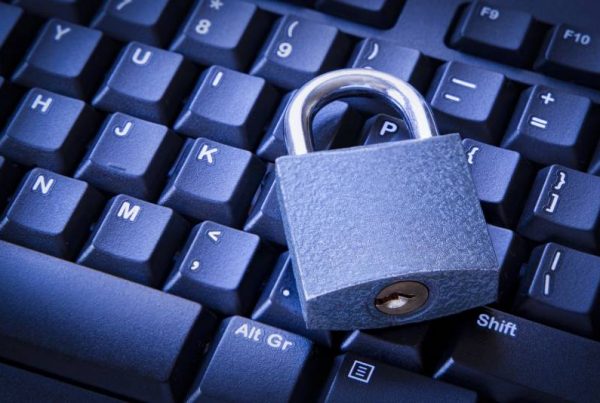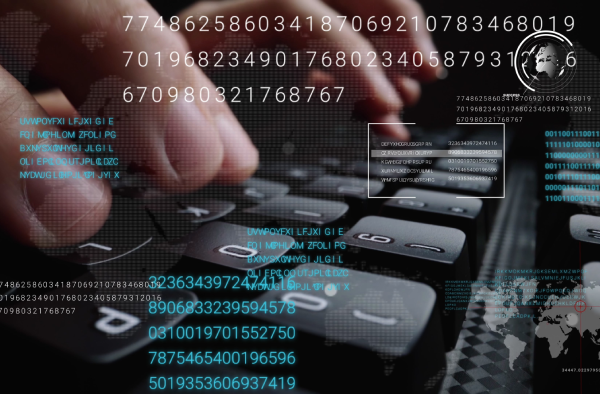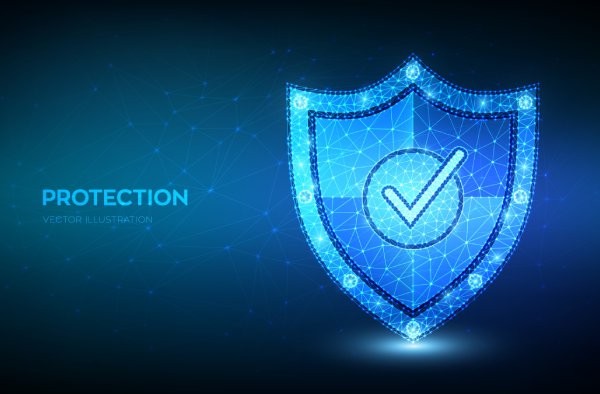With many companies forced to support a remote workforce, online security has become a critical part of business survival. Most cyber security experts agree that a remote workforce increases the risk of compromised accounts that lead to a breach.
Multi Factor authentication (MFA) provides the first line of defense to secure your corporate accounts.
Here are three reasons to implement MFA today.
Passwords give a false sense of security
Many compromised accounts occur because of poor password management from users. They fall for phishing attacks, they reuse the same password, or their passwords are too easy to guess.
It only takes a single compromised account to allow a bad actor to enter your network and wreak havoc.
Cyber attacks are costly
A 2020 IBM report on the cost of cyberattacks states that the average cost per stolen record is $143. If the breach contained personal information (PII), the cost rose to $150 per compromised record.
These costs can easily reach $200,000 for a small-to-medium business, putting them in a difficult position to recover. It could be enough to shut down some companies.
Multifactor authentication is effective
Many cyberattacks begin with a compromised account. Either somebody stole or guessed the password, or it was exposed as part of a breach.
MFA is one of the easiest and most cost-effective ways to protect accounts from hackers. Microsoft has stated that 99.9% of attacks fail once companies implement multifactor authentication.
What is MFA?
Multifactor authentication, or MFA for short, requires at least two factors to let users access their account:
- What you know (a password).
- What you have (a phone).
- Who you are (a fingerprint).
The authentication method can take multiple forms, such as a text message, an app notification, the use of a physical device, and many more.
A successful MFA implementation strikes a balance between cost, security, and ease-of-use. And it just may be the most important security investment of your company.





